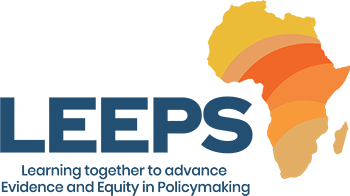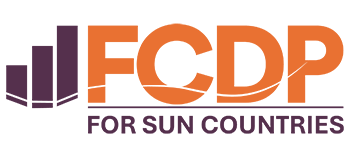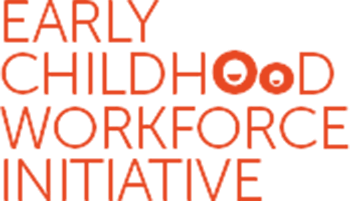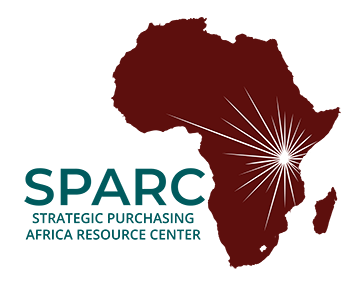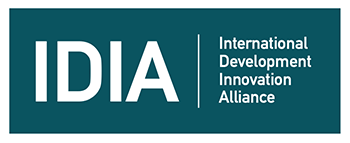The Challenge
Significant progress in achieving universal primary education has been made over the past decade, as the global number of out-of school children (OOSC) dropped by 45%, from 106 million. However, much of those gains were achieved between 1999 and 2004, and progress in reducing OOSC has stagnated in recent years (GMR 2015). Despite coordinated, global efforts to accelerate enrollment, OOSC remain a pervasive global problem. Over 57 million children of primary school age were expected to never enroll in school, start school late, or had already dropped out in 2010 (UIS 2014). Nearly half of these children were expected never to enroll in school, while the rest either had already dropped out or expected to enroll late.
The Opportunity
In partnership with Education Above All Foundation and UNESCO Institute for Statistics, R4D has completed a number of publications on the out of school children since 2013. These reports use cross-disciplinary quantitative methods to consider the financial and economic implications of large out of school populations.
Our Work
R4D has conducted extensive research on the global out-of-school children challenge, commissioned by Educate A Child, UNESCO Institute for Statistics, and UNESCO:
- A Moral Obligation, an Economic Priority: the Urgency of Enrolling Out-of-School Children (2013), commissioned by Educate A Child, summarizes research on the multi-faceted benefits of primary education and estimates the economic costs of large out-of-school child populations.
- Exclusion from Education: The Economic Cost of Out-of-School Children in 20 Countries (2013) focuses on the importance of reducing the global number of OOSC, using two methods to estimate the economic cost associated with OOSC. The first estimation approach uses labor market data to estimate the total earnings that will be forfeited in the near future due to undereducated workers if primary school enrollment patterns do not change. The second approach is based on cross-country regressions that estimate the relationship between national education attainment and per capita income.
- Financing Needs for Out of School Children (2015) is a chapter in UNESCO/UNICEF’s joint report, “Fixing the Broken Promise of Education for All: Findings from the Global Initiative on Out-of-School Children.” R4D’s chapter presents a new model focused on out-of-school children that provides policymakers with an overall picture of the costing implications for both expansion and targeted strategies. This innovative approach is elaborated using available data from a country that still has a long way to go to achieve universal primary education and that faces some of the greatest and most pressing challenges: the Democratic Republic of the Congo.
- The Price of Exclusion: Social and Economic Costs of Out-of-School Children in Colombia estimates the cost associated with out-of-school children in terms of economic, social, and health outcomes in Colombia, based on recent studies of the role of primary education in development.
- The Economic Cost of Out-of-School Children in Southeast Asia (2015) – Co-published by UNESCO Bangkok and the Results for Development Institute (R4D), this report looks at the benefits of primary education and estimates the economic cost associated with large populations of OOSC in seven Southeast Asian countries – Cambodia, Indonesia, Lao PDR, the Philippines, Thailand, Timor-Leste and Viet Nam.





